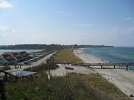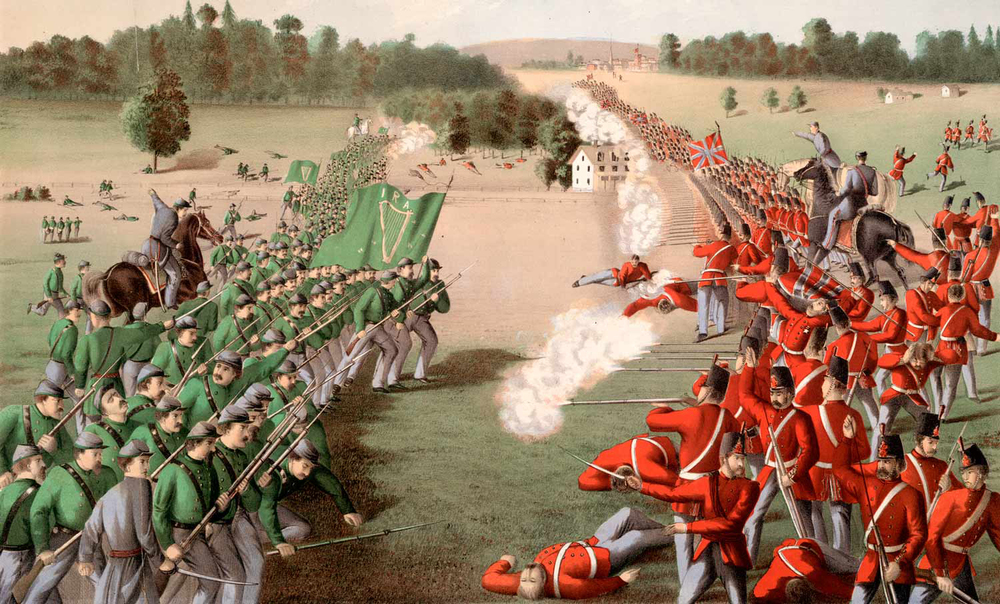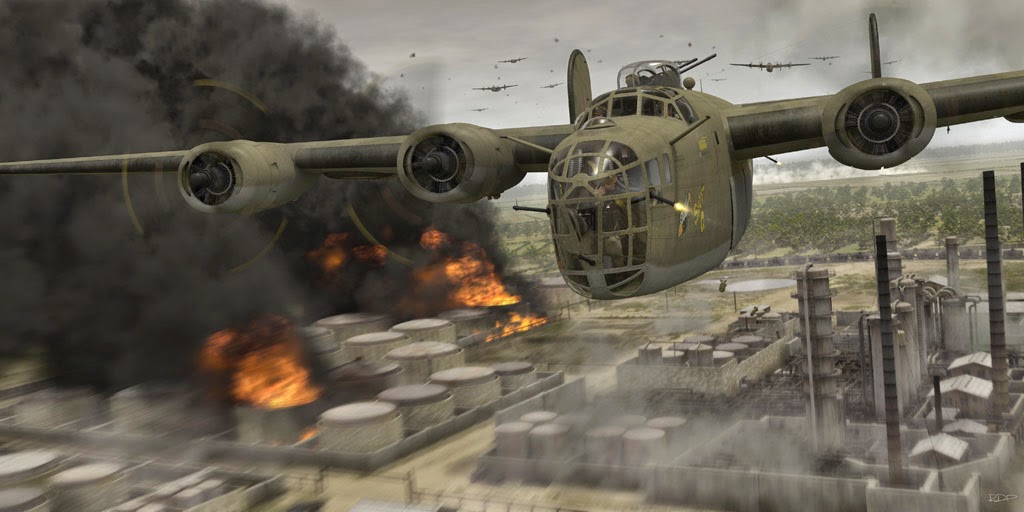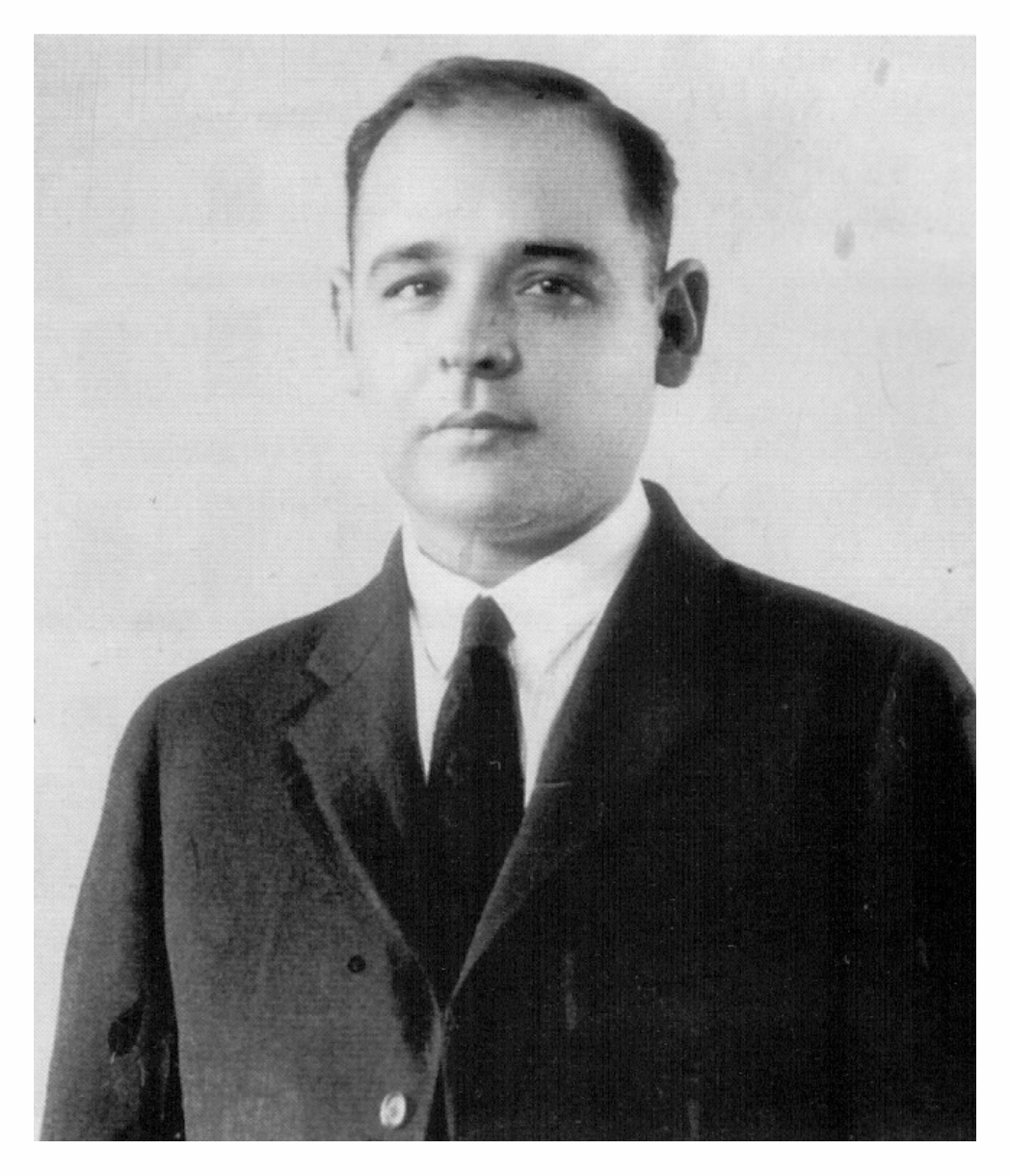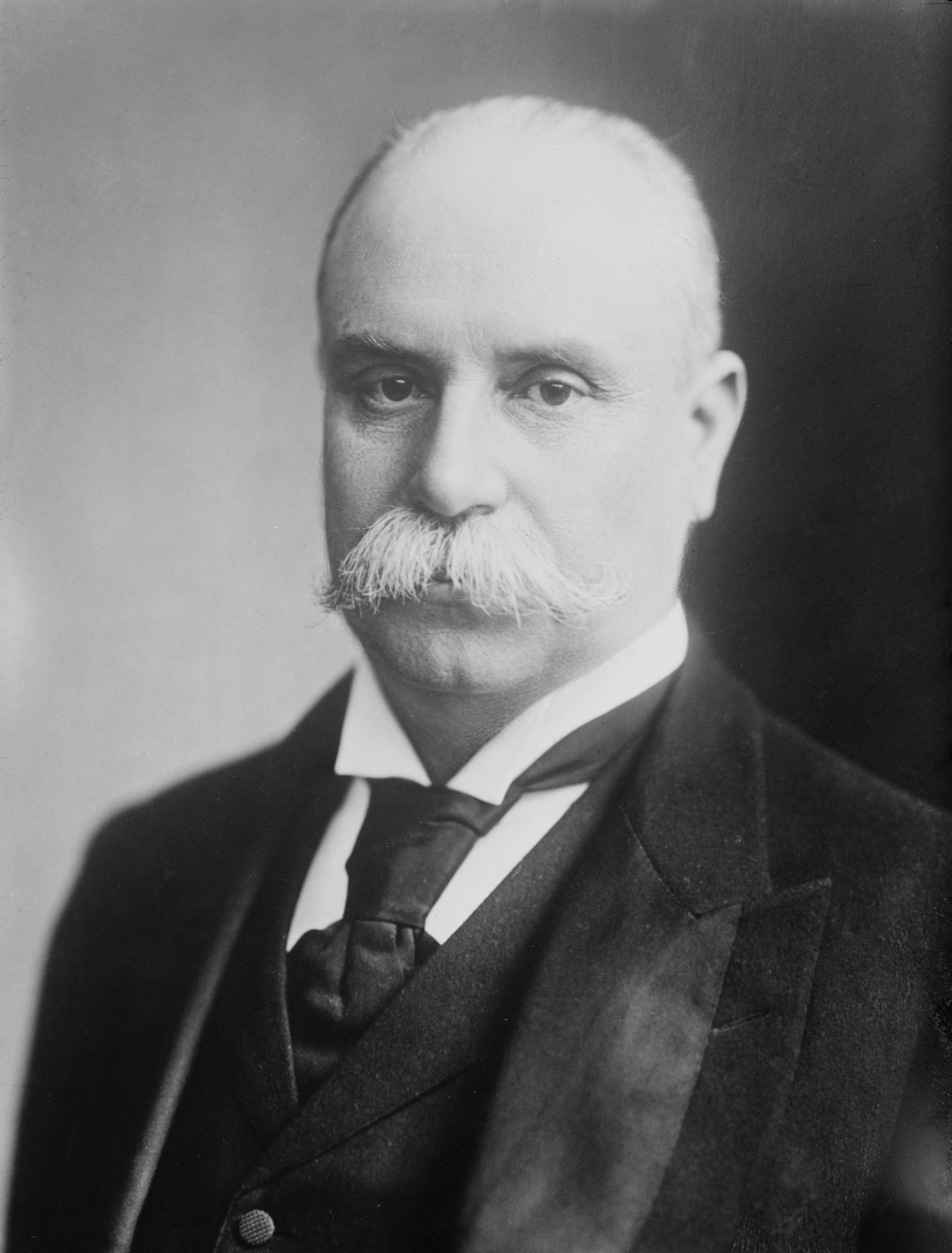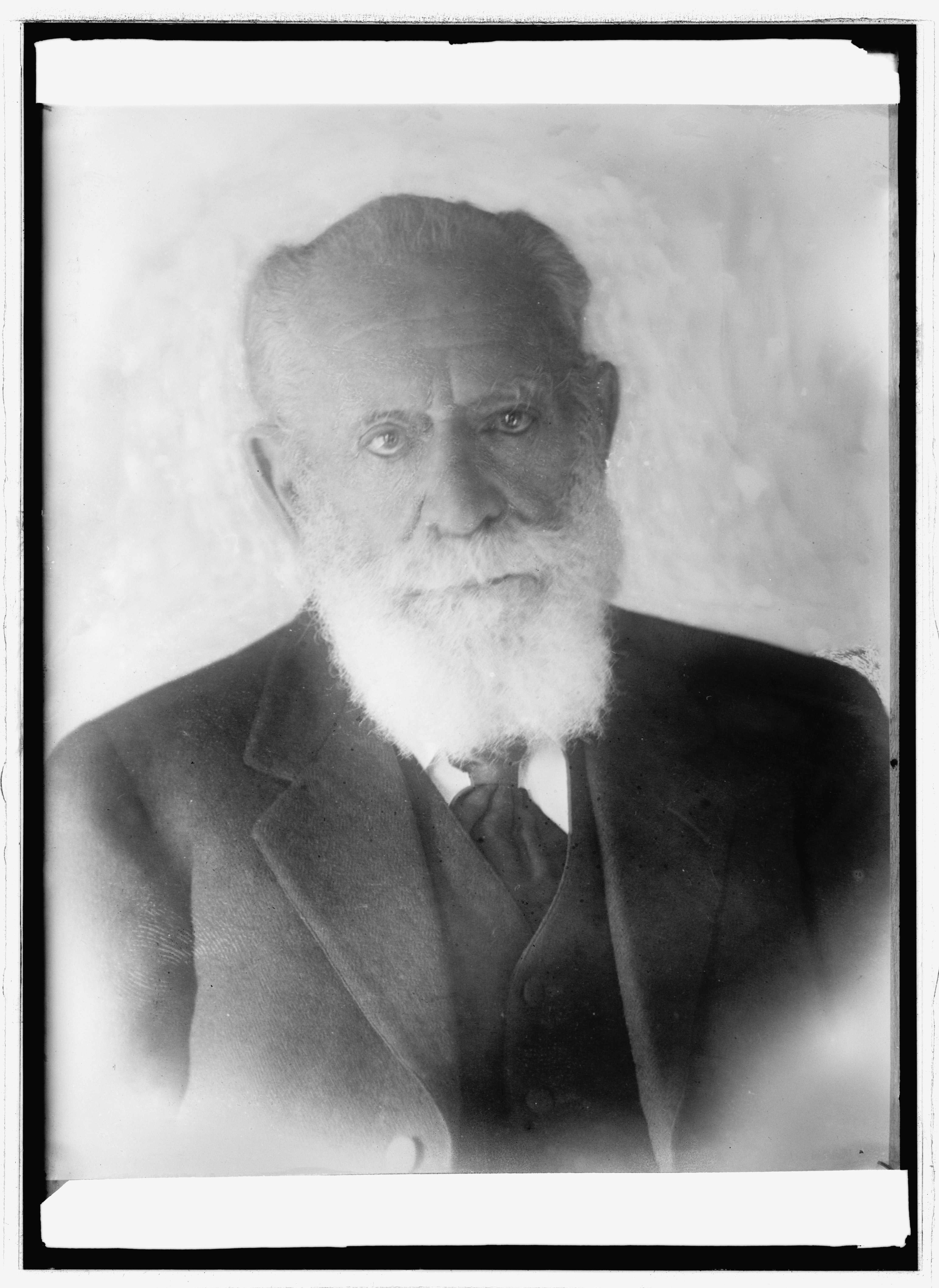Hispanic Confederates in TL-191, part 2
Adolf de la Huerta (1881-1955)
Born before the sale of Sonora and Chihuahua from Mexico to the CSA,
de la Huerta was from an influential family in Guaymas. After the War of 1881, his family was one of the first to receive and support Confederate influence, especially from the Whig Party. de la Huerta fought in the Confederate army against the Unionites during FGW. After the war, de la Huerta became heavily involved in politics. He switched from being a Whig supporter to that of an adherent of the Radical Liberal Party. He was acquainted with other radical liberals, such as Calles and Obregon. Similar to many former members, he switched political affiliations toward the Confederate Freedom Party under Featherston's Confederacy to avoid persecution. Beginning in the 1930's, de la Huerta was Governor of Sonora and was a staunch member of the CFP. During SGW, de la Huerta was ordered to remain in Sonora and provide a defensive position against a possible U.S. invasion. When the Confederacy surrendered, de la Huerta attempted to cooperate with the U.S. military authorities, but he refused to give up members of the CFP. de la Huerta was put on trial, but was found not guilty due to lack of evidence of his involvement in the Population Reduction. However, his history of commanding troops against U.S. forces during the war earned him house arrest. After the war, he campaigned to have Sonora annexed to Mexico, but his pleas were not successful. de la Huerta died in 1955 of natural causes in Guaymas.
Abelard Rodríguez (1889-1967)
Unlike de la Huerta,
Rodriguez was born in a poor family in Guaymas after the annexation of Sonora to the CSA. Initially working as a copper miner, Rodriguez would eventually be enlisted in the C.S. army to fight against the USA during FGW. After the war, he joined the Radical Liberal Party and remained a life-long member. When the Confederate Freedom Party gained power in the CSA, Rodriguez joined an underground movement of Confederates who were against Featherston. During SGW, Rodriguez was in communication with U.S. military leaders and was able to become involved in sabotage activities against Calles and Obregon. After the war, Rodriguez gained popularity in the American Southwest and support from the U.S. government. During military occupation, he argued for Sonora to be annexed by the USA. When military occupation ended in Sonora, Rodriguez was given the position of Governor of Sonora and ruled the state until his death in 1967.
Enrique Creel (1854-1931)
A founder of the
Creel-Terrazas family.
Creel belonged to one of the most powerful ones in Chihuahua. Historically, the family were Whig supporters until Featherston rose to power. With the help of Luis Terrazas, the Creel-Terrazas family united to provide support to the Freedomite government before and during the SGW. After the dissolution of the CSA, many members the family were put on trial and sent to prison/put to death for their deep connections to the CFP.
Luis Terrazas (1829-1923)
Co-founder of the Creel-Terrazas family.
Terrazas became acquainted with Creel once their family members started to intermarry. The family would eventually fall into disgrace after the end of SGW. Ironically, the founders never lived to see the CSA get taken over by Featherston. Instead their descendants would take the blame for their involvement in the Freedomite government of the CSA.



